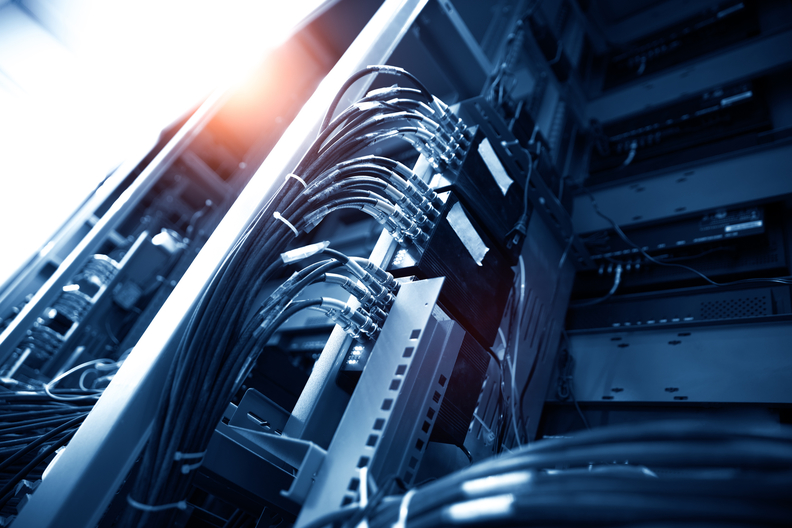
Illinois data centers: Powering economic growth and opportunity
This summer, the governor signed a data center incentive into law, opening up Illinois for what could be hundreds of millions of investment dollars in the state. Here’s what he should do next.
Today, nearly every industry, including financial services, health care, retail, telecommunications and transportation, utilizes data to both improve daily business operations and support future innovations. From crop monitoring drones used by farmers to lifesaving gene therapies and wearable fitness devices, all these innovative technologies have one thing in common—they are powered by data centers.
This summer Gov. J.B. Pritzker signed a data center incentive into law, opening up Illinois for what could be hundreds of millions or even billions of investment dollars in the Prairie State. The bipartisan measure is one of Illinois’ most monumental economic development programs of the decade and is sure to bring high-paying jobs, greater economic opportunities, and additional revenue streams for communities across the state.
Data centers not only support the functionality of all networked, computer-centric devices, such as smartphones, tablets, and GPS systems, but they are unique real estate assets—requiring multimillion-dollar, up-front capital investments as well as ongoing operating and maintenance costs.
Capital investment in the industry fuels a continuing demand for data center construction and labor, which will be especially significant in Illinois where employment growth in the construction sector has lagged behind the national norm in recent years. Initial expenditures include land acquisition and base building construction costs, such as architectural planning, permits and local taxes. The bulk of the initial capital investment, about 83 percent, comes in mechanical and electrical equipment, with labor installation accounting for about 75 percent of the cost.
Operating investment goes to administration, maintenance, power, security, staffing, taxes, and other costs. According to a 2017 study by the U.S. Chamber’s Technology Engagement Center (C_TEC), overall, a $215.5 million initial capital investment on building a typical large data center supports over 1,600 jobs during a year-and-a-half to two-year construction phase and $777 million in wages.
After excluding all mechanical and electrical equipment assumed to be produced outside the state, capital investment of the typical data center creates $243.5 million in economic activity for the local community. During its yearly operation, a typical large data center supports another 150-plus local jobs and $7.8 million in wages at the center and along the supply chain, adding $32.5 million in economic activity to the local community.
Illinois has encouraged investment by adding an additional enhanced income tax credit for new data center construction in underserved areas, providing the opportunity for property tax revenues and economic growth for communities that need it the most. In addition to property taxes paid directly by the data center, local governments receive approximately$1.1 million per year in individual income and sales taxes. Incentives can also bring improved power grids and telecommunication systems to these communities.
Further, according to a recent study by the U.S. Chamber of Commerce and Amazon, greater access to digital tools—which rely heavily on data centers—by rural small business owners in Illinois could mean an additional $2.285 billion in annual sales, $398.3 million in annual wages, and thousands more jobs for Illinoisans.
The tens of thousands of American workers building and operating data centers and the millions of small businesses they support are proof that with the right policies and investments, technology will continue to create jobs and boost income for hardworking families in Illinois and across America.
We commend the governor and all the Illinois legislators and stakeholders who supported this bill on being proactive in establishing this incentive and joining the 30 other states that have similar incentives to attract data centers as part of expanded economic development efforts. However, the job is not done yet.
We urge the administration to move forward as quickly as possible on a rulemaking process to define scope, establish certainty, and encourage investors to move forward—all aimed at giving Illinois the best opportunity at remaining competitive in today’s digital economy.
Tim Day is senior vice president of the U.S. Chamber of Commerce. Todd Maisch is president and CEO of the Illinois Chamber of Commerce.
The Weekly Download
Subscribe to receive a weekly roundup of the Chamber Technology Engagement Center (C_TEC) and relevant U.S. Chamber advocacy and events.
The Weekly Download will keep you updated on emerging tech issues including privacy, telecommunications, artificial intelligence, transportation, and government digital transformation.
